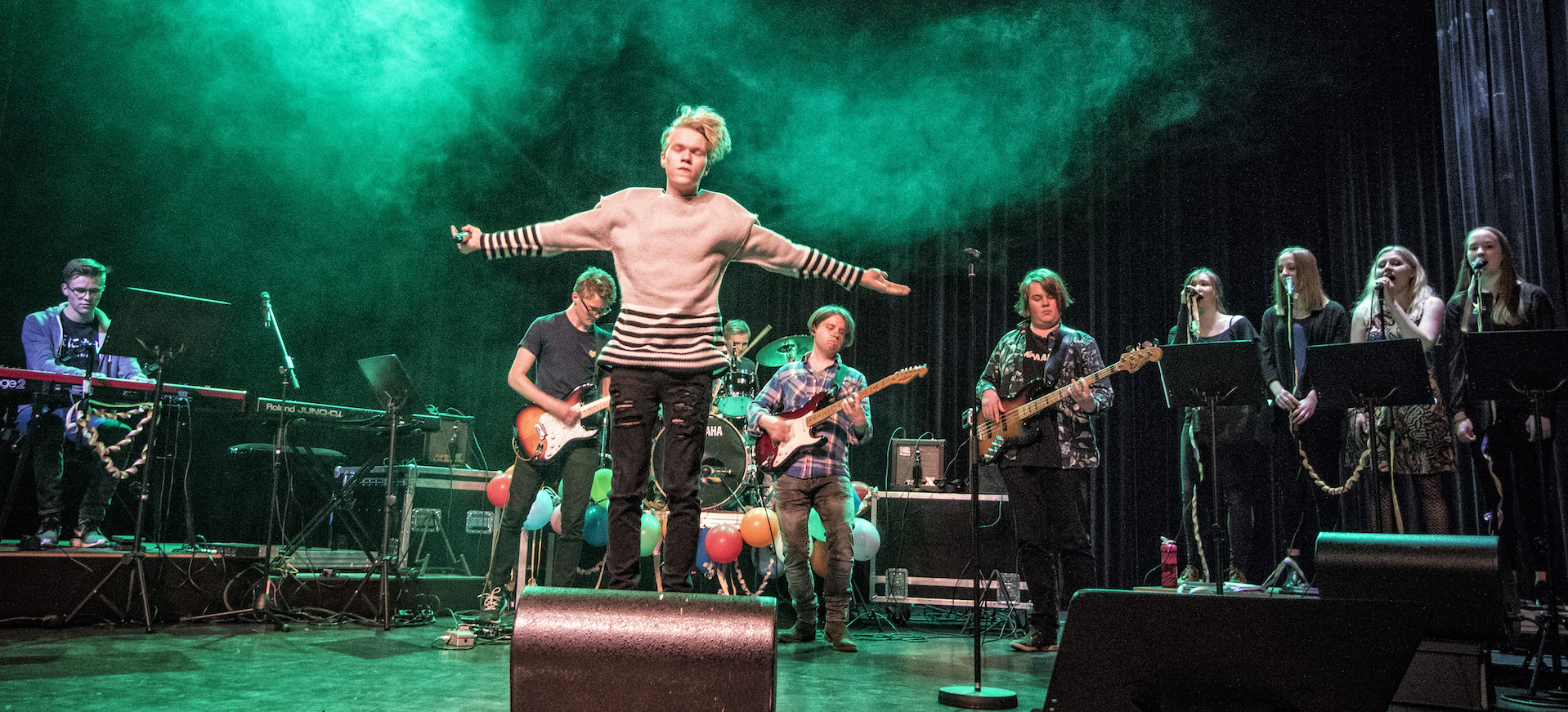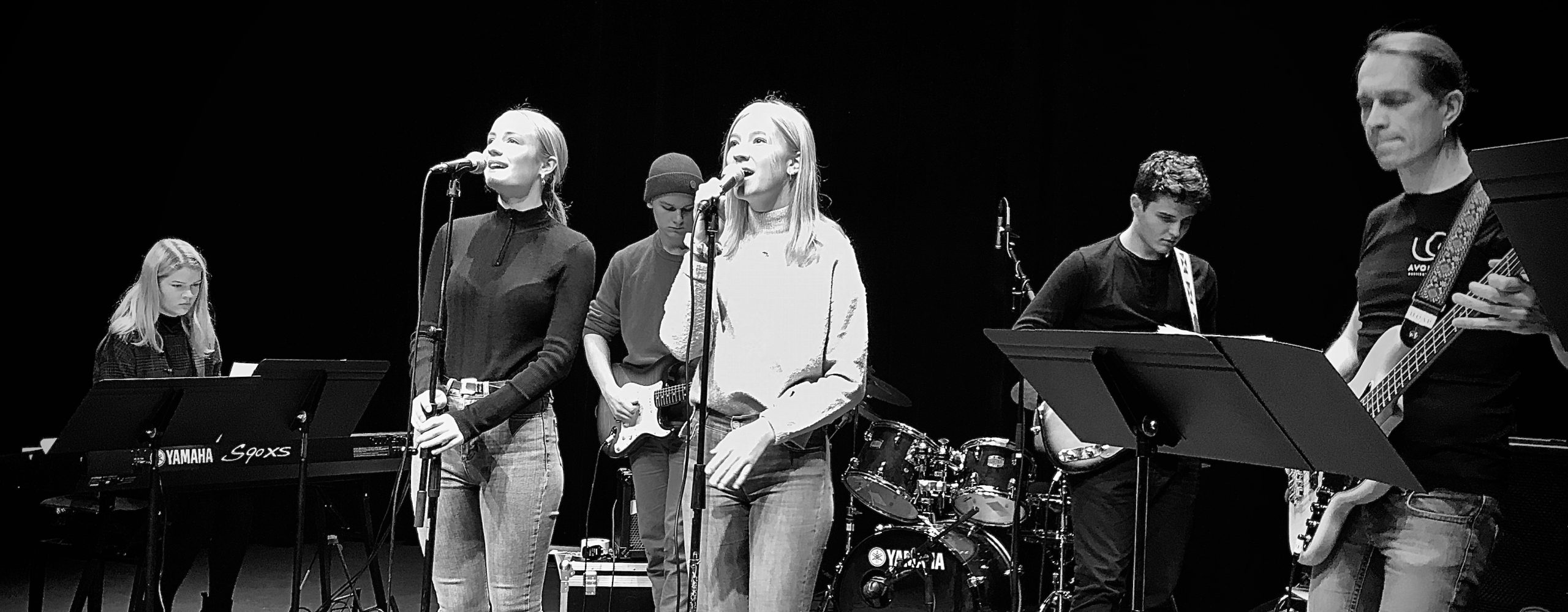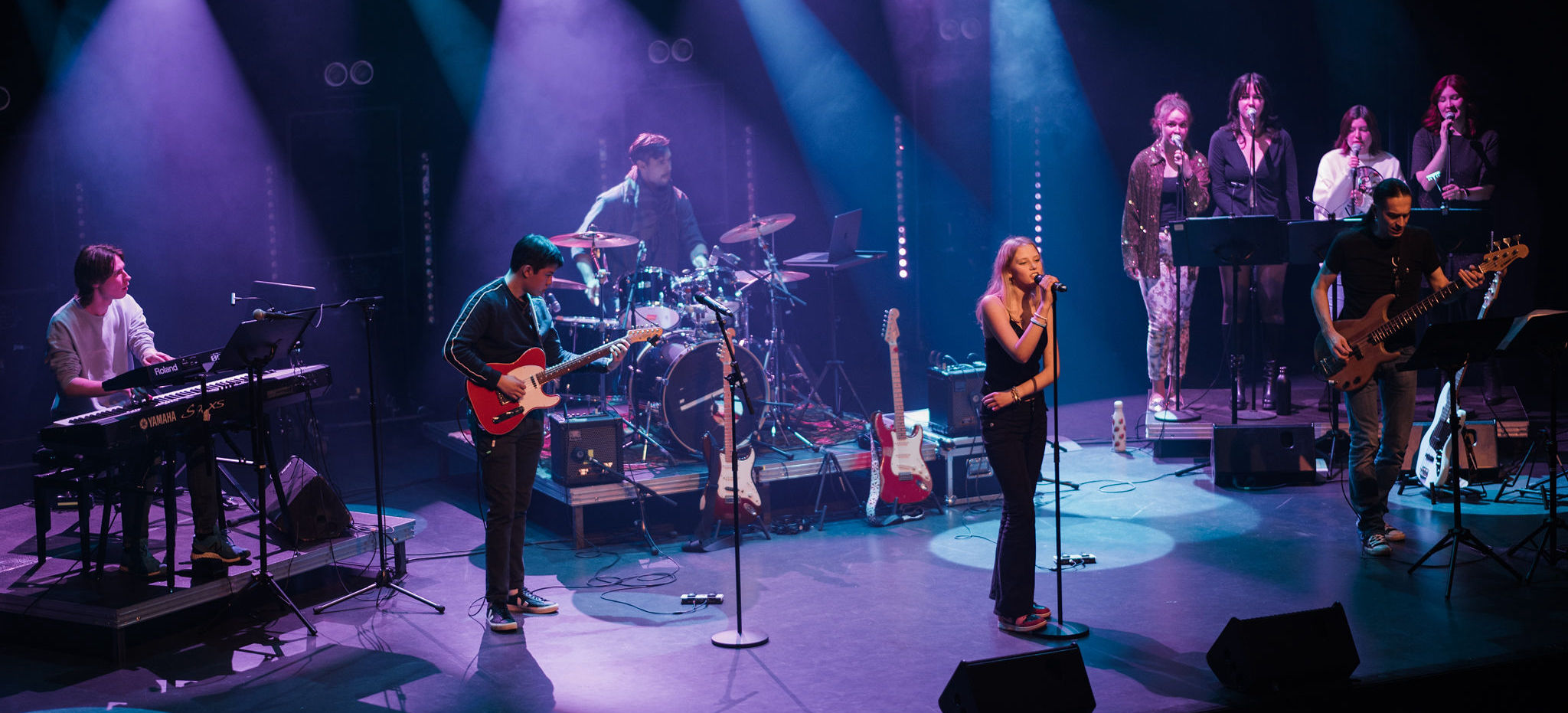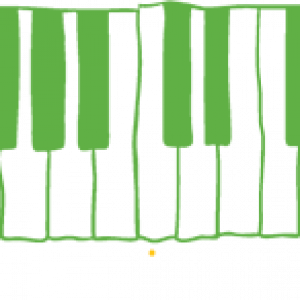
Rhythm music
Music Institute Avonia´s rhythm music departments instruction to develop your technical skills, to give you an overview of different styles and to help you interpret each style accordingly. Ensemble playing is extremely important when learning to play a band instrument. That is why the BAAM method (details ahead) is an essential part of rhythm music instruction here at the Avonia Music Institute. Its main objective is to bring the theory and practise of music closer together.
Avonia’s rhythm music department is situated in Olari, Espoo. The department teaches you electric guitar, bass, drums and singing among other instruments.
Instruments
Inside Music Institute Avonia’s rhythm department the following instruments are available for you to study
BAAM
At the Music Institute Avonia you’ll learn the Basics of African American Music (BAAM), where theoretical and ear training play an integral part of the studies, both in solo and ensemble playing.
The lessons put rhythm music theory, ear training, transcription and band playing together into a coherent package. Weekly lessons consist of a theory section and a band practise section.
In the theory section, you will work independently with the book called Tohtori Toonika book (only available in Finnish and Swedish), with the help of your teacher
This enables you to progress at your individual pace. The book covers the entire elementary level. In the practical section, you will play pieces of music with the band and thus develop your understanding of themes introduced in the theory section. The core objective of band practise is for you to identify yourself as a part of the band’s joint sound.
In rhythm music, even instrumental studies focus on band practise because each instrument is part of a larger musical entity – the band. Performing is an essential part of the syllabus.
Music technology
With basic studies in music technology the student is able to produce, record, edit and send music in a digital environment.
Main focus is in both notation and digital sound handling as well as recording and editing.
After completing the basic studies in music technology, you will master the principles of the equipment used in instruction, as well as understand the common terminology and vocabulary used for the concepts, equipment and work practises in music technology.
Studies in music technology will support development with our instrument, provide you with a readiness to create your own music and to act in the modern field of music.
Music technology studies consist of the following entities:
- Basics of music technology
- Basics of working in a studio
- Basics of music production
After completing the basic studies, the student will be able to compose music on a midi based notation programme, record different instruments, edit (mix) sounds, create sound files in various forms from existing music material, transfer and upload audio files to the internet and between computers and audio units.
Basic studies include the basics of studio work and audio systems. You will become familiar with working in a studio and in basics of audio systems, you will learn the basics of sound amplifying and recording a concert.
In the classical and rhythm music groups, special attention is given to their unique characteristics. Music technology studies are included in the Avonia Music Institute term fee.


















